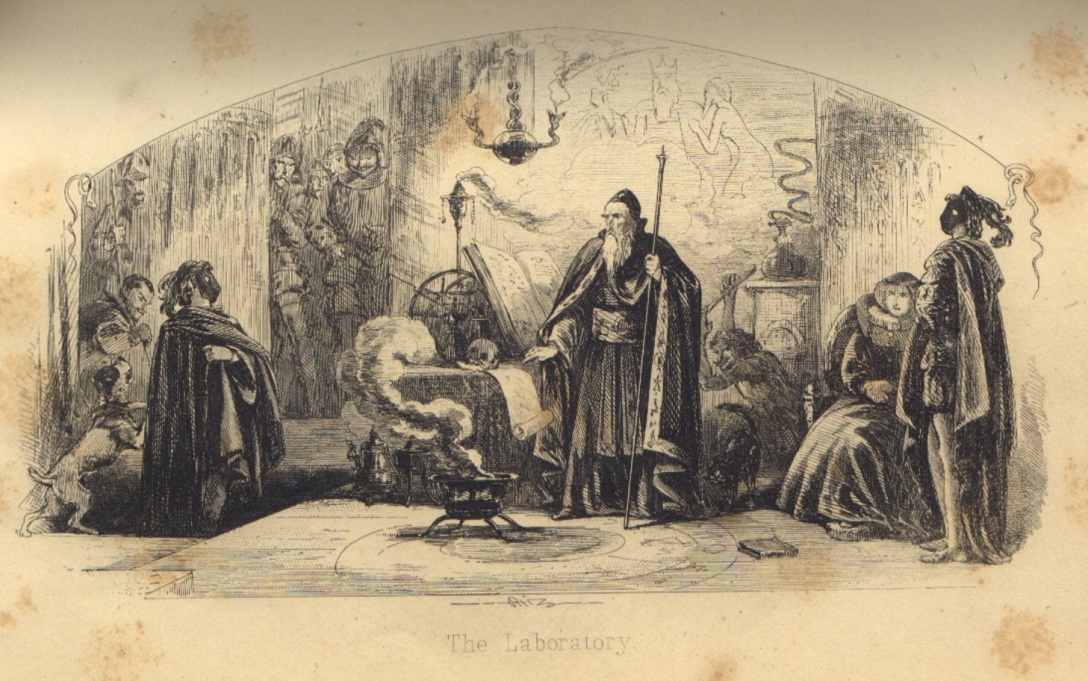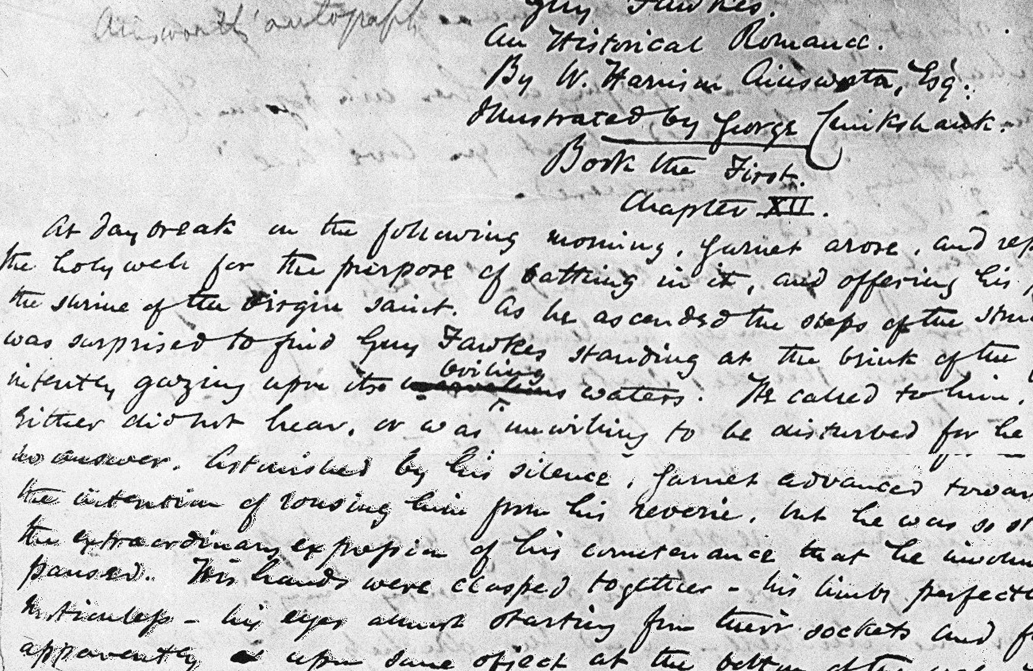New entry for the Wordsworth Editions Blog... When the category of ‘Sensation Fiction’ was first applied as a genre label in the Literary Budget periodical of November 1861, it coined a term for a new species of narrative that was at once innovative, soon-to-be hugely influential, and at the same time the next logical step… Continue reading Lady Audley’s Secret
Tag: Newgate Novel
How the ‘Newgate Controversy’ Destroyed Dickens’ Greatest Rival
Guest post I wrote recently for History Hit on The Author Who Outsold Dickens As a child growing up in Regency Manchester, William Harrison Ainsworth had his head filled with tales of highwaymen by his father. His favourite was Dick Turpin. Expected to join the family law firm, the young Ainsworth was already writing poems,… Continue reading How the ‘Newgate Controversy’ Destroyed Dickens’ Greatest Rival
The Author Who Outsold Dickens
THE AUTHOR WHO OUTSOLD DICKENS: The Life and Work of W.H. Ainsworth By Stephen Carver Published by Pen & Sword History, January 2020 Now available from Pen & Sword here William Harrison Ainsworth (1805 – 1882) is probably the most successful 19th Century writer that most people haven’t heard of. Journalist, essayist, poet and, most… Continue reading The Author Who Outsold Dickens
The Newgate Controversy
A new article for the Wordsworth Editions Blog, touching upon the subject of my next book from Pen & Sword History... When considering an author as culturally monolithic as Charles Dickens, it’s easy to forget that he wasn’t born the national author, anymore than Shakespeare was. As a young journalist in the early-1830s, although already… Continue reading The Newgate Controversy
William Harrison Ainsworth: A Contextual Chronology
1805 – William Harrison Ainsworth born in Manchester, February 4, the first child of Thomas Ainsworth, solicitor, and Ann Harrison. 1806 – Birth of brother, Thomas Gilbert Ainsworth, October 4 (destined for a long life of mental illness). 1807 – British slave trade abolished by Act of Parliament. 1812 – Byron, Childe Harold’s Pilgrimage. 1814… Continue reading William Harrison Ainsworth: A Contextual Chronology
Writing the Underworld: Ainsworth’s Jack Sheppard and the Newgate Controversy – PART ONE
I. ‘A sort of Hogarthian novel’ By 1838 it was all starting to unravel. Despite the consistent sales of Rookwood (which went to five editions within the first three years of publication), Ainsworth’s aristocratic lifestyle had left his private finances seriously depleted. The death of his estranged wife in early March had also plunged him… Continue reading Writing the Underworld: Ainsworth’s Jack Sheppard and the Newgate Controversy – PART ONE
‘The Phantom Steed’: The Outlaw Narrative of Rookwood
During the fourth book of Ainsworth’s gothic novel Rookwood (1834), in a chapter entitled ‘The Phantom Steed,’ the highwayman Dick Turpin becomes aware of a ghostly horseman riding by his side in the midnight mist during his fabled ride to York. Book IV is in fact called ‘The Ride to York,’ and is the dramatic… Continue reading ‘The Phantom Steed’: The Outlaw Narrative of Rookwood
William Harrison Ainsworth: The Life and Adventures of the Lancashire Novelist
Introduction: The Victorian Critical Heritage The years have not been kind to the memory of the Manchester-born Victorian author William Harrison Ainsworth (1805 – 1882), a prolific English novelist once held in such high regard that many of his contemporaries viewed him as a natural successor to Sir Walter Scott. Ainsworth’s romances were hugely popular… Continue reading William Harrison Ainsworth: The Life and Adventures of the Lancashire Novelist








